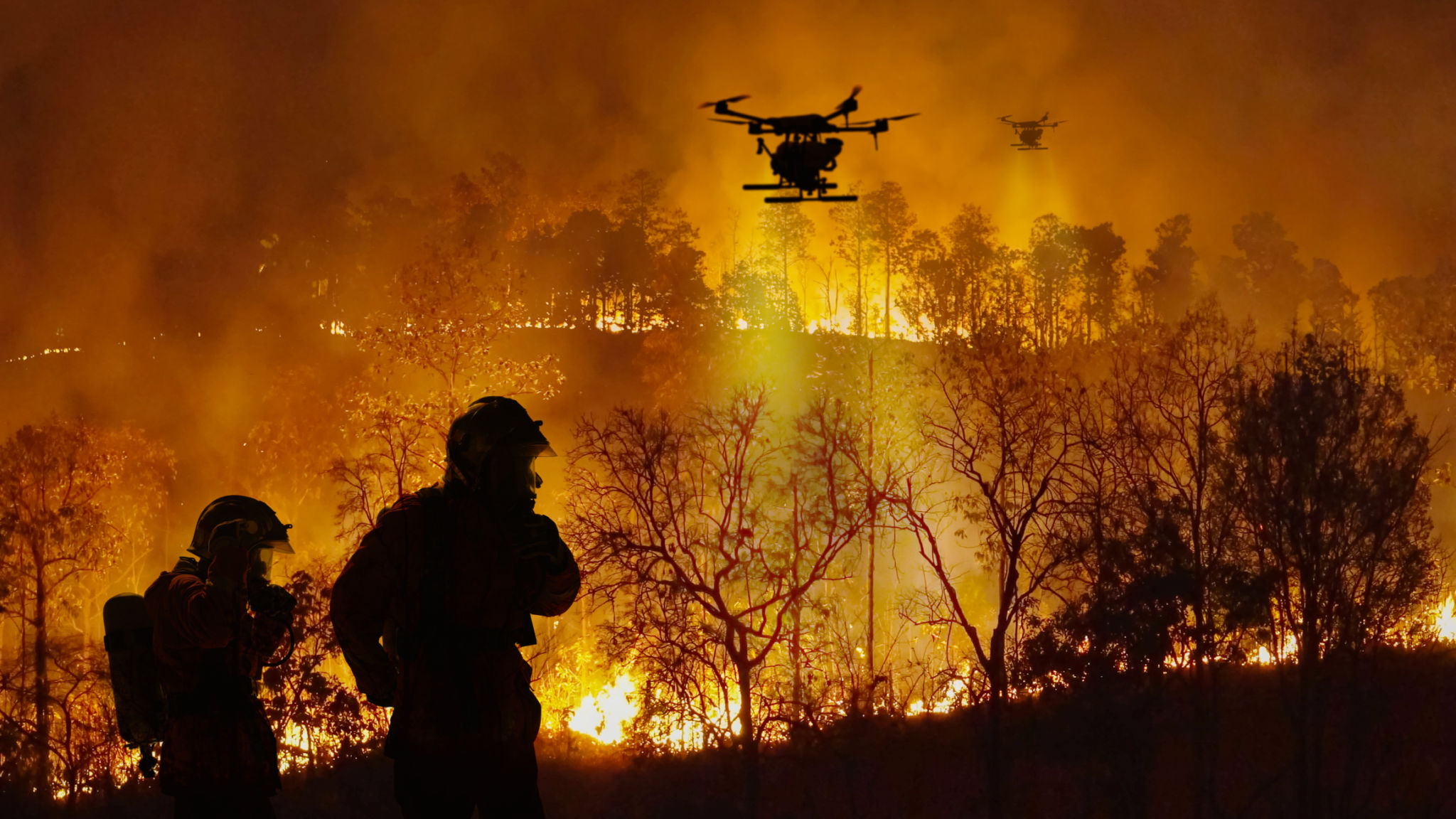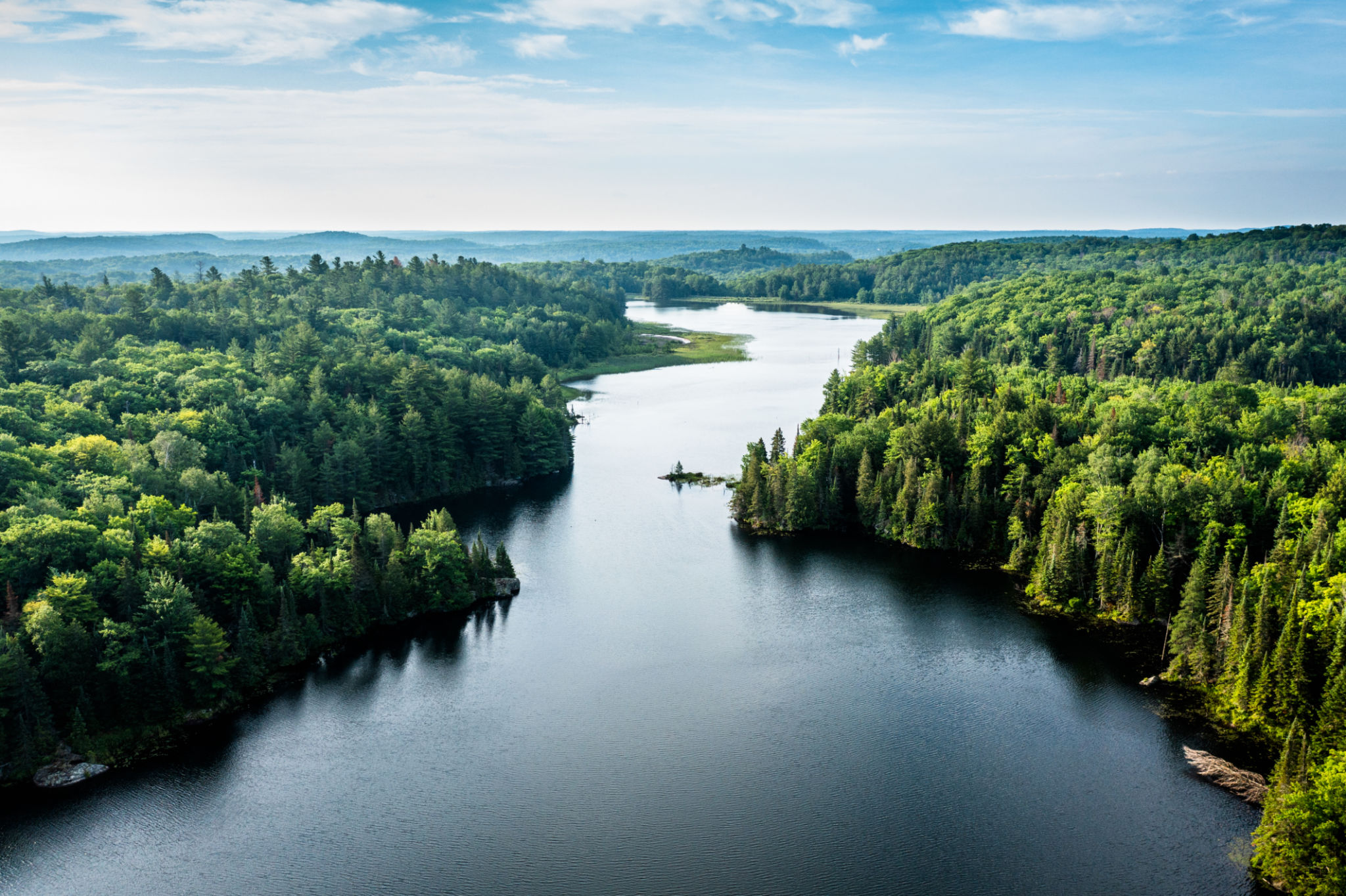A Beginner’s Guide to Drone Photography: Tips and Tricks
Getting Started with Drone Photography
Drones have revolutionized the world of photography, offering a bird's-eye view of landscapes, cityscapes, and more. If you're new to drone photography, it can be a bit overwhelming at first. However, with a few tips and tricks, you'll soon be capturing stunning aerial images. This guide will help you get started on your journey with drone photography.

Choosing the Right Drone
The first step in drone photography is selecting the right drone for your needs. Beginners should look for drones that are easy to operate and come with built-in cameras. Consider factors like flight time, camera quality, and ease of control. Popular brands such as DJI and Parrot offer models that are user-friendly for beginners.
Before purchasing a drone, check local regulations regarding drone usage. Different areas have different rules about where and how you can fly your drone. Make sure you are aware of these regulations to avoid any legal issues.
Mastering the Basics
Once you have your drone, it's essential to familiarize yourself with its controls and features. Practice flying in open spaces away from obstacles to build confidence. Understanding how your drone responds to commands is crucial in capturing precise shots.

Experiment with different flight modes and camera settings to see what works best for you. Many drones come with intelligent flight modes such as 'Follow Me' and 'Orbit,' which can help in capturing dynamic shots without needing advanced piloting skills.
Composition and Lighting
Just like traditional photography, composition plays a vital role in creating compelling drone images. Use the rule of thirds to balance your shots and create visual interest. Incorporating leading lines can also guide the viewer's eye through the photograph.

Lighting is another critical factor in drone photography. The best times to shoot are during the golden hour — shortly after sunrise or before sunset — when the light is soft and warm. Avoid shooting in harsh midday sunlight as it can create unwanted shadows and overexposed areas.
Post-Processing Techniques
Post-processing can elevate your drone photos from good to great. Use software like Adobe Lightroom or Photoshop to enhance colors, adjust exposure, and crop your images for better composition. Remember that subtlety is key; over-editing can make photos look unnatural.
Experiment with filters and effects to add a unique touch to your photos. However, always aim for a balance that enhances rather than detracts from the original image.
Conclusion
Drone photography is an exciting field that offers endless creative possibilities. By choosing the right equipment, mastering basic controls, focusing on composition and lighting, and utilizing post-processing techniques, you can create stunning aerial photographs that stand out. Practice regularly, stay informed about new techniques and technologies, and most importantly, enjoy the process of capturing the world from above.
